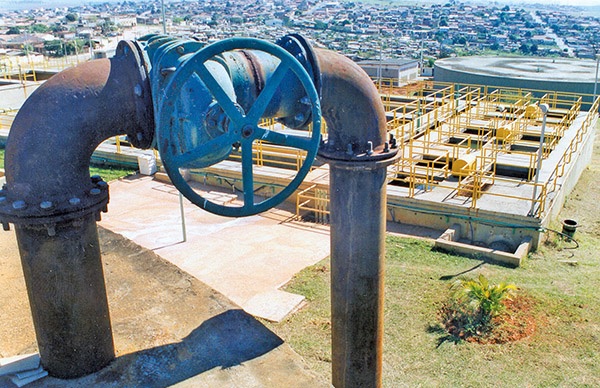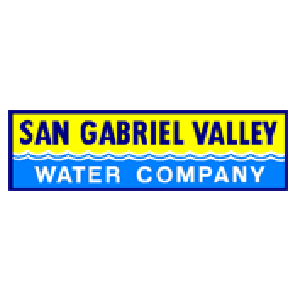In Marysville, California, some members of the community, city council and board of supervisors have expressed interest in having the City take over the local water system in order to reduce water utility rates. The system, which is not for sale, has been owned and operated by California Water Service Company (Cal Water) since 1930 and currently serves approximately 12,000 people through 3,700 service connections.
Cal Water responded by commissioning an independent study to examine the financial feasibility and operational consequences of the City’s proposed takeover. The study was conducted by Rodney Smith, Ph.D., president of Stratecon Inc. and water resources expert in economics, finance and public policy.
After an extensive analysis, Smith concluded, “If the City does manage to acquire the Marysville water system by eminent domain, higher water rates for Marysville residents are a virtual certainty for many years to come. If the goal of acquiring the system is to charge lower water rates, then the effort should be abandoned because that goal is not a feasible outcome through the condemnation process.”
Smith explained that Cal Water’s system is regulated by the California Public Utilities Commission (CPUC), which sets standards to protect the public health and safety of water customers and approves all investments to ensure facilities are necessary to meet CPUC water service standards. In the last five years, Cal Water has spent $5.1 million to maintain and improve the Marysville water system. Under a municipal takeover, the City and its water customers would be responsible for these costs as well as the long-term bond obligations to purchase the system that could easily reach $50 million. And unlike Cal Water, the City does not have sufficient reserves or shareholder equity to cover inevitable capital expenditures; therefore, residents would have to bear those costs on a “payas- you-go” basis. Smith summed up the study’s findings by stating, “Marysville’s municipal finances will be strained by the indebtedness necessary to pay for the system.”
Another major challenge for water system operators is balancing the uncertain economics of variable and fixed costs with fluctuating water demands. To meet the legislated target of a 20 percent reduction in per capita urban water use statewide by 2020, Cal Water established incentive and educational programs to encourage conservation. As a result, water demand in Marysville has been declining since 2000, while fixed expenses, such as debt-service obligations and taxes, have remained static.
As Smith pointed out, not only will the City’s finances be strained, “The size of City government will have to expand rapidly in an effort to meet the significant technical and managerial demands of operating the system, none of which the City possesses.” Skilled management is needed to ensure reasonable investments are made that protect the system’s water delivery reliability at a reasonable cost. Cal Water has extensive experience in operating the system as well as a central team supporting staff in Marysville with water design and planning, water quality sampling and compliance, information technology, water conservation and accounting.
In contrast, the City has no experience operating a water system and has not presented a plan on how this would be accomplished. The City would have to hire staff to comply with state and federal regulations and manage and oversee all operations or outsource those services. And customers would no longer benefit from Cal Water’s depth of experience and economies of scale from company assets. Smith cautioned, “Ownership and operation of the Marysville water system will dwarf all other services the City currently provides.”
In conclusion, Smith made it clear that, “From a consumer’s perspective, the vision of lower water rates is a mirage. The City’s need to finance the acquisition and then fund operations and capital improvements on a “pay-as-you-go” basis will necessarily result in a revenue requirement for the system that is higher than Cal Water’s requirements, thus resulting in higher water rates for decades.”





